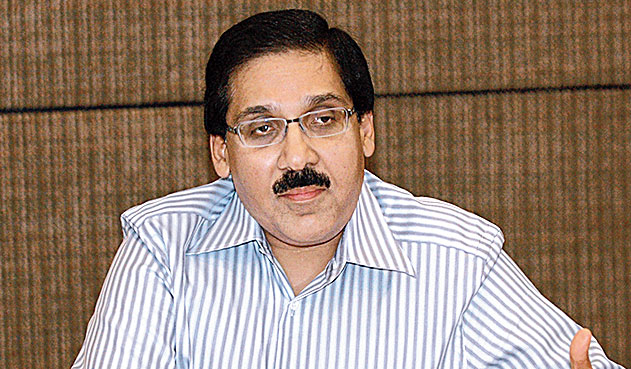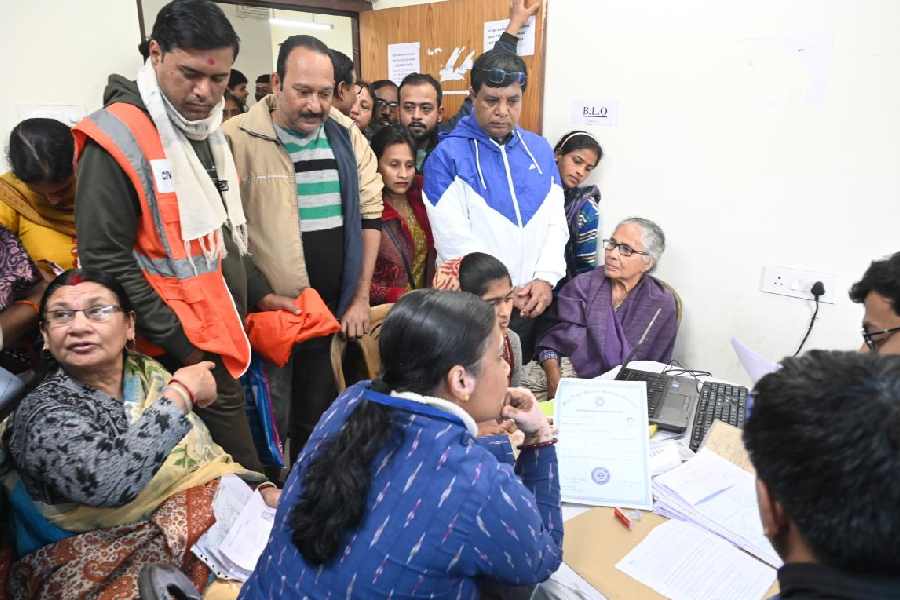Karnataka’s loss could well be Bengal’s gain.
Graphite India Ltd, the world’s third-largest graphite electrode maker, is scaling up the capacity of its Durgapur unit to make up for the loss suffered by the untimely closure of the Bangalore plant.
In a communication to its shareholders, the company, chaired by Krishna Kumar Bangur, said Graphite would debottleneck its Durgapur unit, along with the Nasik facility, to cover the gap caused by the closure of the Bangalore plant.
Durgapur is the largest producer of the electrode for the company, accounting for around 59 per cent of its capacity of 98,000 tonnes.
The Bengal unit has been expanded gradually over 15 years, and the capacity now stands at 54,000 tonnes.
The decision to close the Bangalore unit, located at Whitefield, which is now an IT and realty hotspot, was taken by the board of directors on April 2.
The move followed an order of the principal bench of the National Green Tribunal — which restored an order of the Karnataka State Pollution Control Board (KSPCB) passed in 2012 – to close the plant. Following this, the KSPCB issued a fresh closure order on February 14, 2019.
The Bangalore plant had an output of 13,000 tonnes and contributed 17.05 per cent to the turnover of Graphite India Ltd in 2017-18. It is immediately not known how much of the Karnataka capacity will come to Durgapur as K.K. Bangur could not be reached for comment.
The Nasik plant has a capacity of 13,000 tonnes, while Graphite’s only overseas unit in Nuremberg, Germany, can produce 18,000 tonnes.
Recently, at least two mid-sized companies have bolstered their presence in Bengal. Earth moving equipment maker Tata Hitachi closed its Jamshedpur plant and moved the machinery to Kharagpur, Bengal. Tata Sponge decided to shift its registered office from Odisha to Calcutta.
Demand for graphite electrode surged when China from 2017 promoted the use of the electric arc furnace, where the material is used, to produce steel and ordered the closure of many smoke-belching steel plants. However, additions in capacity could not keep pace with the demand because of the non-availability of petroleum coke, the principal raw material.
Production has increased marginally in the last fiscal at 91,480 tonnes against 90,882 tonnes a year ago.
The company said fresh expansion was only possible when pet coke was available in sufficient quantity. Despite the closure of the Bangalore unit, Graphite India has kept production the same as last year.
Cash course
The company is moving an enabling resolution to raise Rs 5,000 crore through the private placement of bonds or debentures to make it ready for large acquisitions. The issue will be done in one or multiple tranches in the Indian or overseas markets, the resolution said.
Graphite India is sitting on a cash pile following record income and profit earned last year. It made a profit after tax of Rs 3,396 crore on an income of Rs 5,233 crore in 2018-19. It has retained earnings of Rs 3,775 crore as on March 31, 2019.
A combination of cash on the books along with the funds raised may enable Graphite to look at large acquisitions without straining its balance sheet.
Showa Denko is the world’s largest producer of GE, followed by GrafTech. India’s HEG is the fifth-largest producer.










